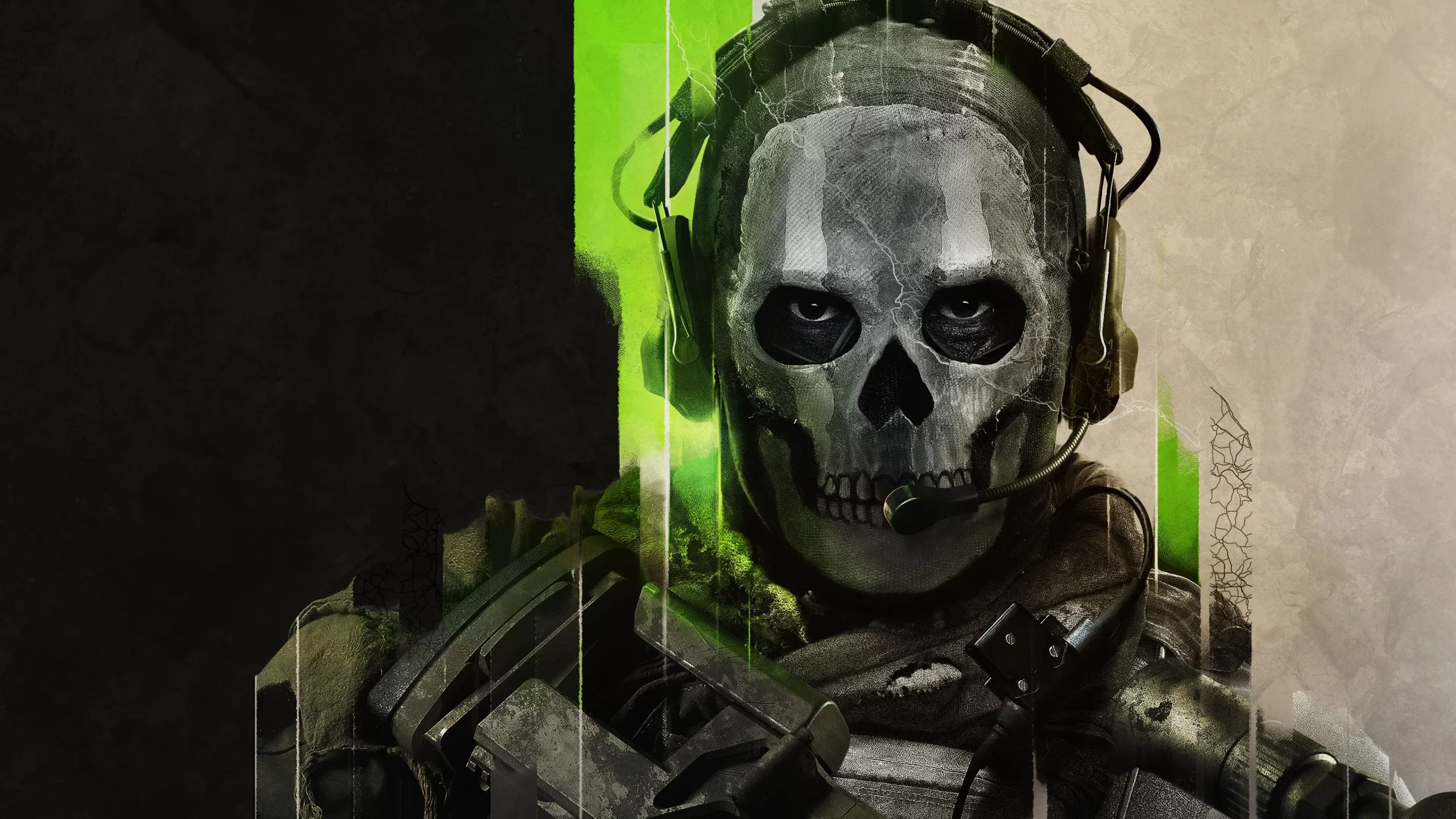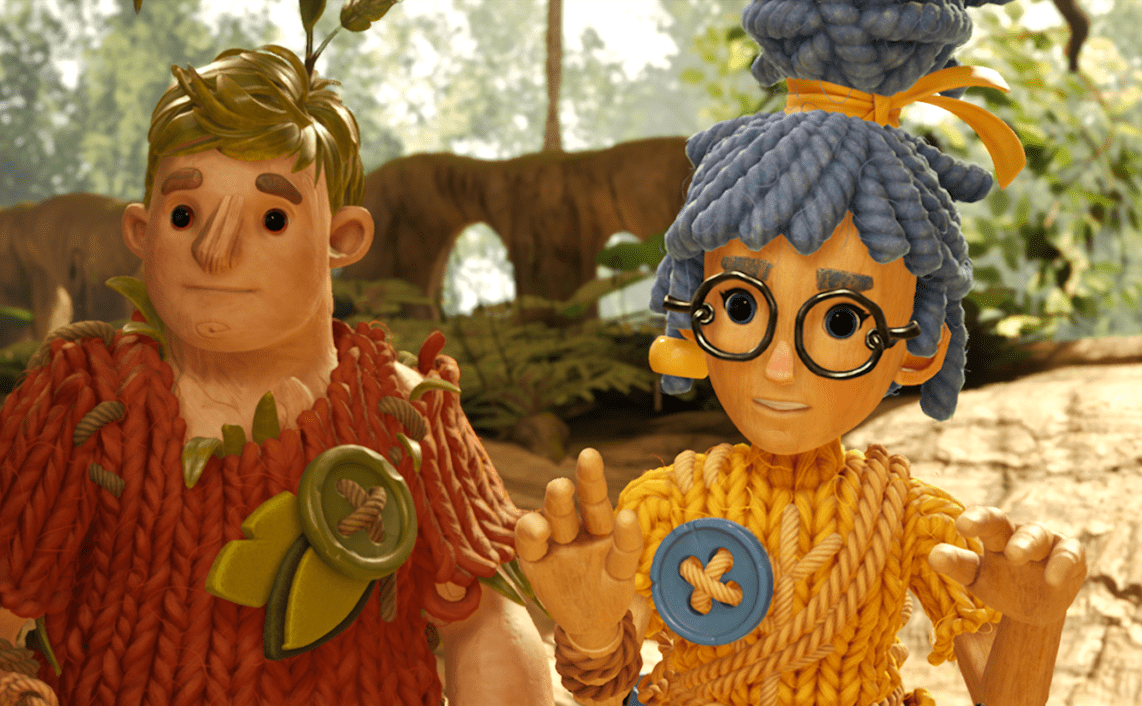Playing a Call of Duty campaign is a bit like watching a Jerry Bruckheimer movie. It is the mistakes in structure and balancing of the brand’s newest installement, Modern Warefare 2, though, that reveal that there is more to making this high octane power fantasy work, than blazing guns and everything on screen spontaniously errupting in flames.
What good editing does for movies, is sensitive pacing and clever signposting in video games. Mission design going hand in hand with smartly placed obsticles to slow down – or seemingly empty corridors to automatically accelerate the speed of events on screen by inviting the player to sprint or slide his way through the scene, make for the bread and butter of an exhilarating action campaign. Giving you the sensation of delightfull breathlessness of a good rollercoaster ride when the credits roll. However, struggling in this discipline often kills the thrill of the ride in it’s root, frustratingly bringing the breathtaking ride you originally came for to a pre-mature halt.
There is more to making this power fantasy work, than blazing guns and everything on screen spontaniously errupting in fire balls.
One important tool of this category are visual clues – small, often minor details placed within levels, subliminally showing the player where he is meant to go next – i.e. signposting. One trendy example for this are scrathmarks or stripes of color on cliffs and edges, that the player can grab on- or climb up to. Often placed in clear sight, while still unobtrusively blending in with the rest of the environment, breadcrumbs like these make it easier for the player to identify the critical path that drives the experience forward. One can easily imagine how messing this up, would instantly leave playsers bewildered, having them thinking too much about where to go next instead of having them blissfully engulfed in a high speed experience of smoke and mirrors.
Critically, Modern Warfare 2 struggles at exactly this too often. Opening up it’s levels in situations, where a more linear approach would have been the better choice. There is also a striking misunderstanding of the half life of certain gameplay ideas. Resulting in the game holding on to lengthy chase-, stealth-, or gunning sequences for far too long. Same accounts for features, that are meant to address the player’s political incorrectness – ending a mission immediately with a finger-pointing “naughty you!”-messege for example, when civilians are harmed in any way.
The game makes us feel dominated by its rules, boundries and harsh means to aggressivly keep us on track and only do what the developers had us intended to.
At first glance this certainly looks like a well intended means to lay out a bare minimum of ethical groundwok in a game, that has often been critiqued for not caring too much about putting the events on screen into perspective. But having players be automatically reset to the beginning of a spy mission, where the game casts inconspicuous passers-by as undercover enemies – therefore making them look undistinguishable from civilians being sort of the point of the thrill – will make you wish for a more clever solution to a problem, that seems more like something that would have emerged in an overly anxious marketing meeting, rather than a design pitch, anyway. In this form however, the system makes our actions feel dominated by the game’s rules, boundries and harsh means to aggressivly keep us on track. Unintentionally trading player agency and thus the perception of power and heroism for control and direction. How much of a power fantasy can be expected to prevail with a structure so unflexible and flawed?
In a game that comes with the promise of the fantasy of being the savior of the world, the untouchable hero in this story, forcing us to re-live certain moments of the campaign over and over again, ultimately results in exactly the opposite. This, after all, not a Hitman game. Where trial and error makes for the core of the gameplay loop. An action packed shooter however should not primarily be about balancing risk and reward, exploration and finding the critical path of a mission through failure and optimization. It should rather be layed out for the player very clearly, allowing him to lay back and enjoy the ride.
The flawed rythm of the events on screen reminds us more of the chaotic mess of a musical performance by a class of eight yearolds.
In a nutshell then, Modern Warefare 2 too often confuses when it is appropriate to hold the players hand and when it is not. Instead, poor choices in mission- and level design slow down the rollercoaster ride the players actually entered this amusement park of guns and explosions for. The game’s pacing basically skips the beat on such a regular basis, that the flawed rythm of the events on screen reminds us more of the chaotic mess of a musical performance by a class of eight yearolds, than a perfectly choreographed spectacle of an Avicii concert – or Jerry Bruckheimer movie.





I’m impressed, I must say. Really hardly ever do I encounter a weblog that’s both educative and entertaining, and let me tell you, you might have hit the nail on the head. Your idea is excellent; the issue is something that not sufficient persons are speaking intelligently about. I am very glad that I stumbled throughout this in my seek for one thing relating to this.